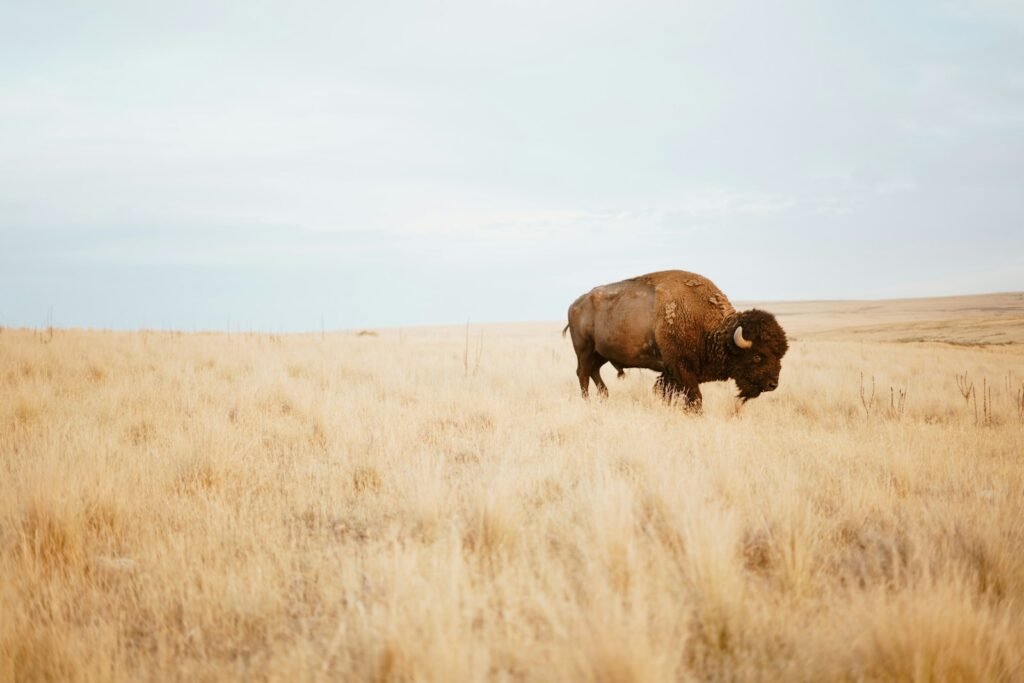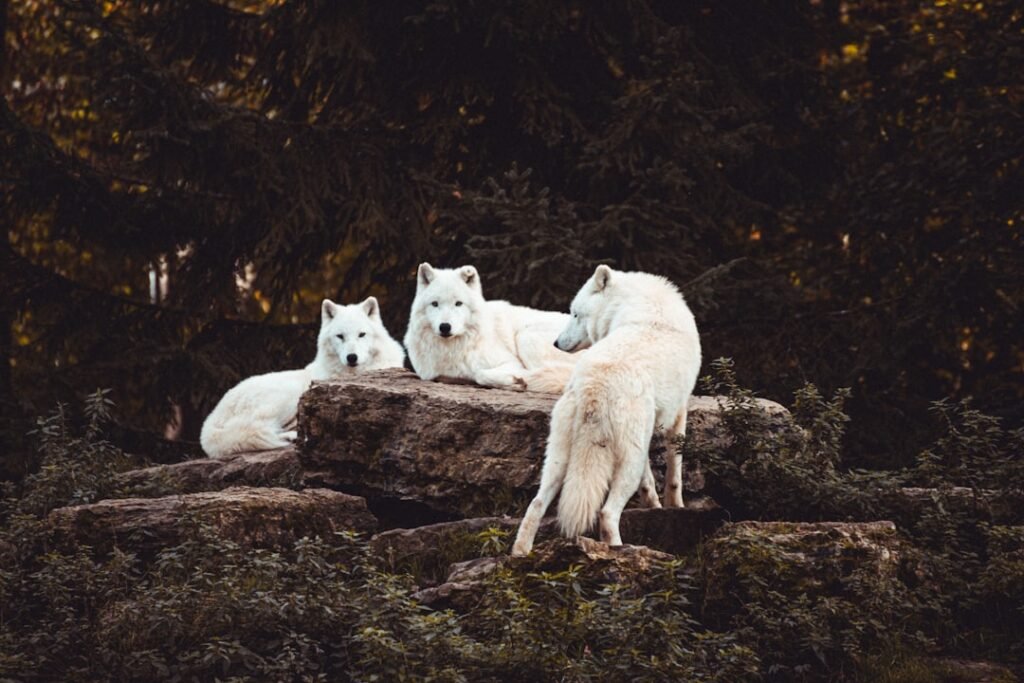Wildlife corridors are natural or artificial pathways that facilitate the movement of animals between fragmented habitats created by human activities. These corridors play a critical role in ensuring genetic diversity, species survival, and ecological balance. Their importance is increasingly recognized as habitat fragmentation continues to threaten wildlife across the globe.
The Problem of Habitat Fragmentation

Habitat fragmentation occurs when large, continuous areas of natural habitats are divided into smaller, isolated patches. This process is often a result of urban development, agriculture, and infrastructure projects. Fragmentation limits the space available for species to roam, hunt, mate, and sustain viable populations, ultimately threatening their survival.
How Wildlife Corridors Function

Wildlife corridors act as connective pathways linking disparate parts of an ecosystem. These corridors can be established using natural landscape features like riverbanks and wooded areas or constructed elements such as highway overpasses expressly designed for animal passage. They are critical for maintaining population dynamics by enabling the free movement of species.
The Impact of Corridors on Genetic Diversity

One key benefit of wildlife corridors is their role in promoting genetic diversity. By connecting isolated populations, corridors allow species to intermingle, reducing the risks of inbreeding and genetic drift. Healthy genetic diversity enhances a species’ ability to adapt to environmental changes and survive diseases.
Supporting Migratory Patterns

Many species naturally migrate to find food, mates, or better climate conditions. Wildlife corridors support these migratory behaviors by offering safe passages that account for regional challenges like roads or urban areas. This is particularly crucial for large mammals and birds which cover vast distances seasonally.
Human Benefits of Wildlife Corridors

Wildlife corridors offer indirect benefits to humans by promoting ecosystem services such as pollination, pest control, and water purification. Healthy and interconnected ecosystems can better withstand environmental stresses, ultimately supporting agricultural productivity and human well-being.
Challenges in Implementing Wildlife Corridors

Despite their benefits, the creation and maintenance of wildlife corridors face obstacles such as land acquisition, differing land-use priorities, and funding. Additionally, scientific challenges include identifying which species to prioritize, and mapping the most effective routes. Community engagement is crucial to overcoming such hurdles.
Success Stories from Around the World

Globally, several projects stand out as models of successful wildlife corridor implementation. In India, the “Elephant Corridor” project has helped reduce human-elephant conflicts by facilitating safer migration for these large mammals. In the United States, initiatives like the Yellowstone to Yukon Conservation Plan exemplify transboundary cooperation in wildlife management.
Future Prospects and Innovations

Advances in technology are enhancing the design and monitoring of wildlife corridors. Geographic Information Systems (GIS), drones, and wildlife tracking devices enable more precise mapping and better management. Such innovations promise to enhance the efficacy and reach of corridors in safeguarding biodiversity.
How You Can Help

Individuals can contribute to the protection and expansion of wildlife corridors by supporting conservation organizations, participating in citizen science projects, or advocating for policy changes. Simple actions like promoting native plant gardens can also create mini-corridors in urban areas that support local wildlife.
Conclusion: A Path Forward

Wildlife corridors are vital lifelines for preserving biodiversity in a rapidly changing world. By connecting fragmented habitats, they help sustain ecosystems, support genetic health, and maintain natural processes. As awareness grows and technological tools advance, human society has a significant opportunity—and responsibility—to create a sustainable future, where wild creatures can thrive.

Jan loves Wildlife and Animals and is one of the founders of Animals Around The Globe. He holds an MSc in Finance & Economics and is a passionate PADI Open Water Diver. His favorite animals are Mountain Gorillas, Tigers, and Great White Sharks. He lived in South Africa, Germany, the USA, Ireland, Italy, China, and Australia. Before AATG, Jan worked for Google, Axel Springer, BMW and others.




